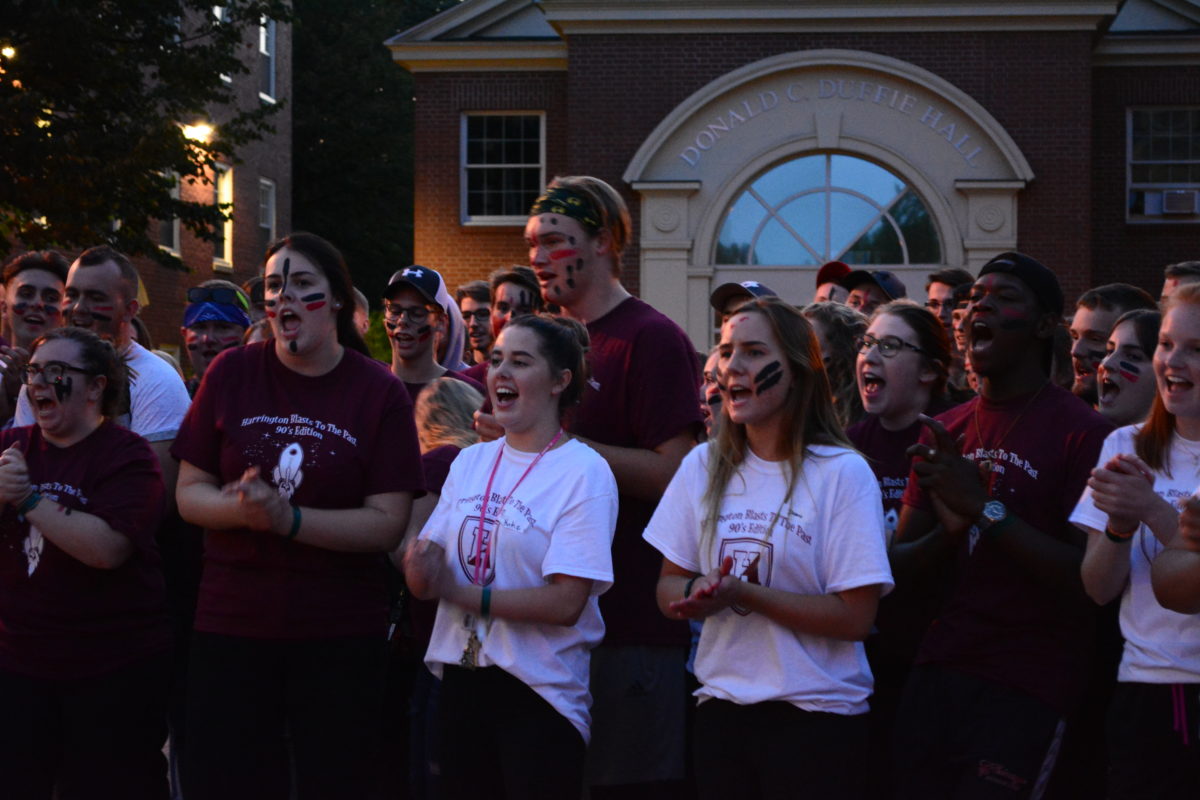

St. Thomas University’s overall student population has declined slightly, with a significant increase in international students, according to the latest enrolment data.
The number of full time students is down 17 from last fall, or a 0.9 per cent decline, for a total population of 1,934. The overall number of university students in the Maritimes declined 0.8 per cent over the last year.
The Association of Atlantic Universities released its preliminary university enrolment figures in early October, based on students who had paid tuition and fees by the September deadline.
STU’s associate vice-president of communications Jeffrey Carleton said the numbers in the region and at STU reflect a “stabilizing environment.”
The biggest increase came in full-time visa or international students. STU was the only New Brunswick university to see an increase. Enrolment went up 14.3 per cent from 133 students in 2016 to 152 this fall.
“We’re pleased that we were able to buck that trend in New Brunswick and have an increase in our international students, and we’re pleased because that is a priority for us,” Carleton said.
He said STU is reaching out to new markets, including the U.S., Central America and Asia, and is starting to see significant success.
Giao Quynh Dang, a first-year student from Vietnam, one of the new markets STU is reaching out to, said she discovered STU on a website listing scholarship opportunities.
Dang said studying abroad, specifically in Canada, was always a dream of hers.
“In our country, I don’t think we really have an objective field to study political science, and I wanted to experience other perspectives,” she said.
Dang, who is one of three first-year students from Vietnam, was awarded the Chancellor’s International Scholarship.
Recruiters from STU visited major cities in Vietnam this year, but Dang did not meet them, as she lives in a smaller municipality.
Still, Carleton said the university has increased the number of international recruiters over the past few years, and visits foreign markets like Vietnam frequently.
“Once you start to have success in a geographic area, it’s no different than having success in a small town in New Brunswick,” Carleton said.
He said despite three positive international recruiting years, the university doesn’t lose sight of the fact that it’s “a year-to-year competition.”
Carleton said it’s important to keep in mind when comparing numbers that STU is the only exclusively liberal arts institution in Atlantic Canada, and doesn’t compete with the other programs offered by other universities.
STU is in a situation where the goal is to keep enrolment steady, he said.
“We know that in Maritime Canada the sizes of the graduating classes is where we get the majority of our students continue to decline.”
Despite those changes, he said STU’s number from Nova Scotia, Prince
Edward Island and Ontario have been stable year after year.
“It might be a tougher nut to crack in Ontario than in New England and other parts of the world,” Carleton said.
“We’re going to go where we are successful.”
Carleton said the number of first-year international students has increased from 29 to 68.
STU has also seen a spike in U.S. students. The university currently has approximately 21 first year students from south of the border, up from six just three years ago.
The university also saw a 22 per cent increase in transfer students, up by 35 from 159 last year.
Carleton said the numbers show STU has maintained the same over market share of 11 to 12 percent, placing it as the third largest liberal arts school in Maritime Canada.

